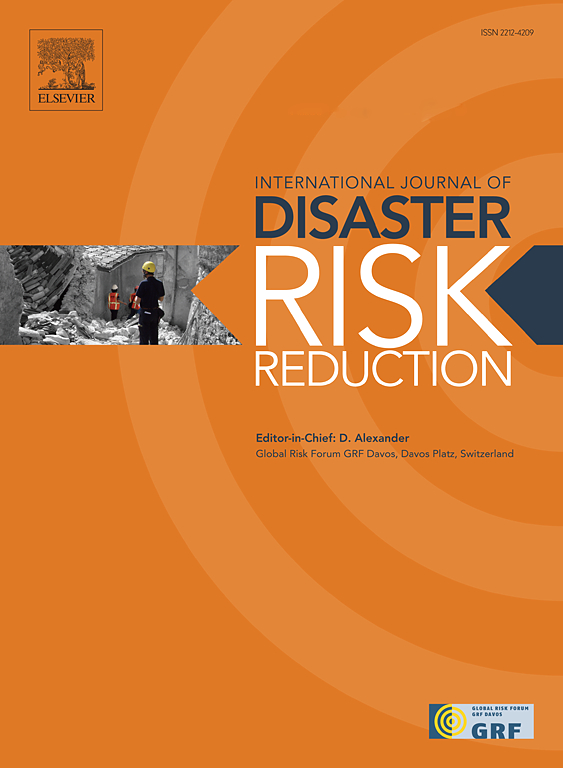探索人道主义供应链循环的障碍
IF 4.2
1区 地球科学
Q1 GEOSCIENCES, MULTIDISCIPLINARY
International journal of disaster risk reduction
Pub Date : 2025-05-21
DOI:10.1016/j.ijdrr.2025.105572
引用次数: 0
摘要
近60%的人道主义援助是通过人道主义供应链(hsc)以实物形式提供的,这可能导致浪费和不利的环境影响。尽管人们对循环经济原则越来越感兴趣,但它们在人道主义背景下的实施仍然有限。本研究通过文献综述、专家焦点小组和解释结构模型(ISM)相结合的方法,确定了循环造血干细胞的障碍并对其进行了优先排序。我们的研究结果强调,资金缺口、不可预测的需求和培训不足是关键障碍。我们在一个分层模型中建立了对障碍及其关系的结构化理解,为人道主义组织提供了在现有资源限制下加强循环性的战略路线图。我们提出了可行的循环经济方法——再利用、修复、再利用和再循环——这些方法在提供环境效益和运营效率的同时,只需要最少的额外基础设施。我们的研究为更可持续的援助输送系统提供了具体的见解,从而为文献做出了贡献。本文章由计算机程序翻译,如有差异,请以英文原文为准。
Exploring barriers to circularity in humanitarian supply chains
Nearly 60 % of humanitarian assistance is provided as in-kind goods through humanitarian supply chains (HSCs), which can result in waste and adverse environmental impacts. Despite growing interest in circular economy principles, their implementation in humanitarian contexts remains limited. This study identifies and prioritizes barriers to circular HSCs through combining literature review, expert focus groups, and interpretive structural modeling (ISM). Our findings highlight funding gaps, unpredictable demand, and insufficient training as critical barriers. We develop a structured understanding of barriers and their relationships in a hierarchical model that provides humanitarian organizations with a strategic roadmap for enhancing circularity while operating within existing resource constraints. We propose feasible circular economy approaches –reusing, repairing, repurposing, and recycling – that require minimal additional infrastructure while delivering environmental benefits and operational efficiencies. Our study contributes to the literature by offering context-specific insights for more sustainable aid delivery systems.
求助全文
通过发布文献求助,成功后即可免费获取论文全文。
去求助
来源期刊

International journal of disaster risk reduction
GEOSCIENCES, MULTIDISCIPLINARYMETEOROLOGY-METEOROLOGY & ATMOSPHERIC SCIENCES
CiteScore
8.70
自引率
18.00%
发文量
688
审稿时长
79 days
期刊介绍:
The International Journal of Disaster Risk Reduction (IJDRR) is the journal for researchers, policymakers and practitioners across diverse disciplines: earth sciences and their implications; environmental sciences; engineering; urban studies; geography; and the social sciences. IJDRR publishes fundamental and applied research, critical reviews, policy papers and case studies with a particular focus on multi-disciplinary research that aims to reduce the impact of natural, technological, social and intentional disasters. IJDRR stimulates exchange of ideas and knowledge transfer on disaster research, mitigation, adaptation, prevention and risk reduction at all geographical scales: local, national and international.
Key topics:-
-multifaceted disaster and cascading disasters
-the development of disaster risk reduction strategies and techniques
-discussion and development of effective warning and educational systems for risk management at all levels
-disasters associated with climate change
-vulnerability analysis and vulnerability trends
-emerging risks
-resilience against disasters.
The journal particularly encourages papers that approach risk from a multi-disciplinary perspective.
 求助内容:
求助内容: 应助结果提醒方式:
应助结果提醒方式:


